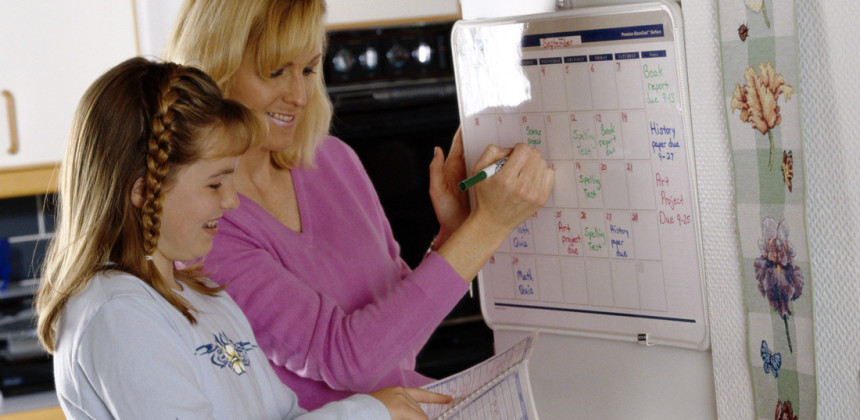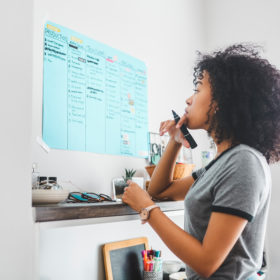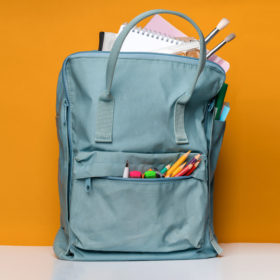USING AGENDAS 101

How to maximize the best organizational tool available
We know why using an agenda is important, right? Short-term memory is imperfect, kids forget their homework assignments, organization skills are important to academic success: these are just some of the great reasons that schools to provide agendas and/or planners to students.
But one major shortcoming of being given an agenda at school is that students are rarely taught how to use it. Of course, there is the general knowledge that it’s purpose is to write down homework and assignments so they are not forgotten, but an agenda does so much more than that.
AGENDA USAGE FOR BEGINNERS:
- Bring the agenda to school every day
- Bring the agenda to every class
- Write down all homework and assignments
- Bring the agenda home every night
- Take it out of the schoolbag and open to today’s page
- After all work is done, put it back in the school bag
- Repeat every day
Following these seven simple tips will help students avoid the ubiquitous “I forgot my homework!” scenario. However, agendas can actually be used to take time management to the next level and can even help transfer organizational skills into other areas of life.
ADVANCED AGENDA USAGE:
For students who have the Agenda Usage Basics locked down, and want to take their organization abilities to the next level.
1. Prioritize Workflow. Use your to-do list to your advantage by starting with the most important task.
- Look at everything on the list—all the homework and assignments for the night.
- Determine what’s most important/ needs to be completed first.
- Highlight or underline that task.
2. Put it in Order. Use A,B,Cs to assign importance and order of completion. If math is due tomorrow, but history isn’t due for 2 days, assign math an A, and history a B. If you have time to complete both, great, if not, then at least the most important task is done
3. Tick Tock. Keep track of how long each task takes to complete. This is a good way to learn to estimate how long future tasks might take to complete.
4. Write Your Thoughts. Keep track of questions to ask the teacher during the next class, ideas for projects, add-ins for notes, musings about school subjects…
5. Countdown to Tests. It’s one thing to write down that a test is happening on a given day, but without a countdown, it’s easy to forget about it until you turn the page to that day, then OH NO! Avoid this by keeping a test countdown
- Write the test day in the agenda on the day of the test
- Turn to the previous date’s page, and write something such as TEST IN 1 DAY
- Repeat on every preceding day until today’s date, counting up as you move backwards
- Schedule in study time every night between now and the test.
6. Check off Completed Tasks. When an assignment is completed, check it off. If time ran out, draw an arrow then flip the page and write the task on tomorrow’s to-do list.
7. Keep track of extra-curricular activities. Agendas are not just for school. They’re a great place to keep track of all the to-dos in a day, including extra-curricular activities, chores, sports, even parties and get-togethers.
8. Double Up with a Wall Calendar. Sometimes it helps to see all upcoming projects and homework at a glance. Write down regular activities and upcoming events and projects calendar to get an idea of how busy the month is and to keep priorities and projects top-of-mind.
Have any agenda tips that you’d like to share? Let us know in the comments and we’ll add them to the list!




